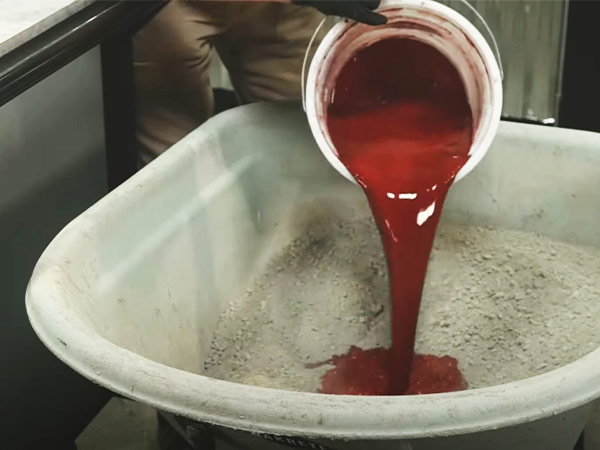

All About Concrete Additives, Admixtures, and Colorants
There are so many factors that can affect concrete from its slump to how long it takes to set. Additives and admixtures change the way concrete behaves and makes it easier to work with, helping to eliminate those variables. Review the different options from accelerators to plasticizers to help your project go smoothly and create a stronger result. Plus, find out about using concrete colorants for a truly unique project.
Why Use Additives and Admixtures?
Of course, concrete is a mixture of cement, water and aggregates. However, introducing additives (sometimes used interchangeably, but typically added during that making of concrete) or admixtures (added after mixing, usually on-site) increases the life of the concrete project and helps you have control over setting and workability. They come in liquid or powder forms and are either chemical mix-ins or mineral.
- Chemical: These types of admixtures are added to help reduce costs by decreasing the amount of other materials needed. They also help modify hardened concrete, and can change the workability of the mixture if there is an issue during mixing.
- Mineral: These types help to reduce permeability (how much water seeps into the concrete) and increase strength. Fun fact: This type of admixture was used by the ancient Romans in the form of volcanic ash to increase the strength of their concrete.
Types of Admixtures and Their Benefits
From increasing strength to preventing corrosion to making concrete easier to work with, here are the most common options:
- Plasticizers and Superplasticizers- These admixtures work to increase the strength of the concrete and help to increase slump. Slump is the consistency of the concrete mix. The lower the slump, the drier and harder the mix will be to work with.
- Fly Ash- This is a by-product of burning coal and is added to increase strength.
- Silica Fume- Increases durability but reduces permeability because the particles are so fine, they can fill the tiniest of holes.
- Water Reducing Admixtures- As its name suggests, this admixture works to reduce the water cement ratio. This is used in applications where a higher re-enforcing rate is needed (more water=weak concrete), but you don’t want to reduce the slump. Most often used in large construction projects.
- Set Acceleration- This speeds up cement hydration which shortens setting time. This option is great if you are working in a time crunch.
- Retarders- On the opposite end, these work to delay setting time. For example, if you are working in hot, full-sun conditions, this would help to slow setting time as heat causes rapid setting.
- Air-Entraining- This type of admixture adds in tiny little air bubbles to help stabilize concrete. This is great to prevent cracking in cold weather as the bubbles allow for expansion during a freeze. It’s important to speak with an engineer or inspector before mixing as this can reduce compression strength.
- Shrinkage Reducing Admixtures- If there's not enough water in the concrete mix, it can shrink more than acceptable when drying and that can cause cracks. Before the admixture was created, more water would be added in but that can hurt the slump of the mixture. The admixture reduces shrinkage without having to add in more water.
- Corrosion Preventors- To help increase strength, rebar is added to projects. However, since rebar is made of steel this can corrode overtime and can even cause weaking of concrete. This additive is great if there is a lot of rebar in a project like a bridge or parking garage.


Coloring Concrete (We Don’t Mean Chalk)
Concrete (or other mortar application) colorants are a dry pigment mixed in with the concrete before a pour. These are different than concrete stains which are added on top of the project after it’s poured. Adding color to a concrete project can elevate the look without compromising integrity for a truly unique finish. These pigments require you to know the exact dosage, so you get the correct color every time.
It's important to note that when working with colorants, inconsistent curing will cause discoloration. The color pigments also only bind to cement and not any aggregate. If the project ends up getting chipped, there won’t be a uniform color that would potentially hide the chip. However, scratches and chips don’t discolor like a concrete stain would.
Get Ready with McCoy's
While many types of concrete admixtures are mixed in at a concrete plant for large jobs, McCoy’s has options for your next project to add a unique color or help to get the perfect bond or slump. Before you head out to the job site, make sure you have what you need by buying online and picking up in-store or have your concrete delivered!
